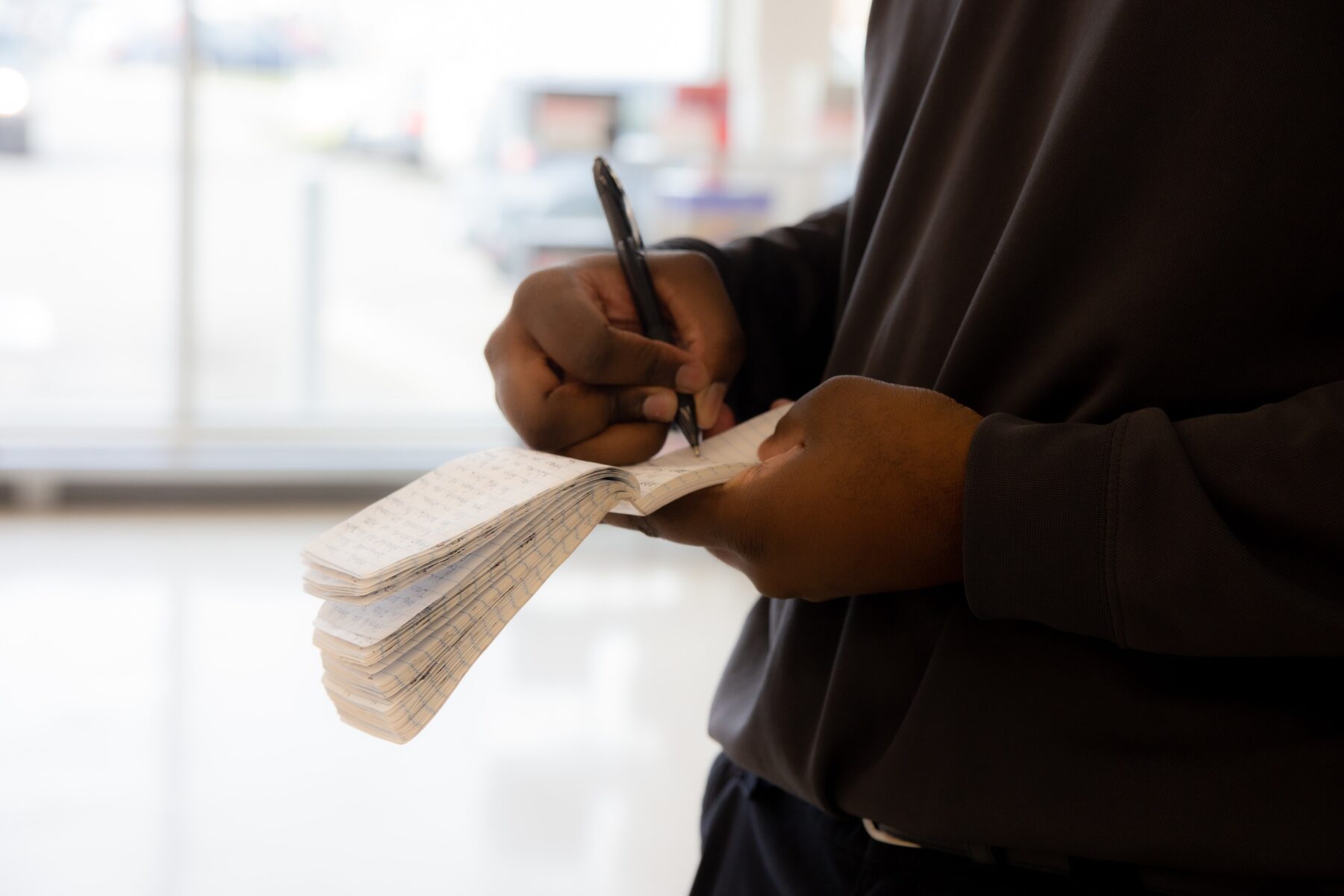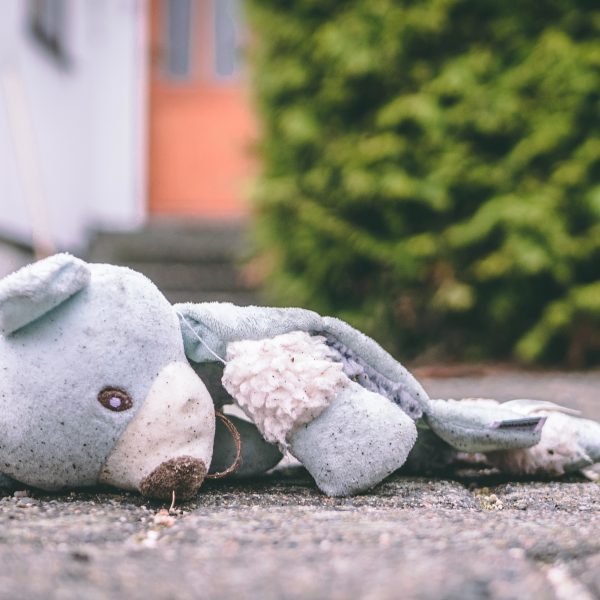Conducting a child safe investigation in ECEC to respond to allegations

Children’s rights to safety are not only fundamental to their wellbeing and development, they are enshrined in national and international law and human rights instruments. Sadly, child abuse and neglect continue to occur globally in private and public settings, including schools and other education settings.
In the piece below Anja Wiersing from Child Wise outlines six core steps in investigating an incident where an early childhood education and care (ECEC) professional has been accused of misconduct which may have resulted in harm (physical, emotional, psychological or other) to a child.
“In my experience as a workplace investigator, an organisation’s response to a child safeguarding incident, particularly the investigation, is critical to ensuring no further harm to the child is committed,” Anja began.
Investigating abuse and neglect
A workplace investigation is a determination of whether an individual’s alleged conduct breached the organisation’s expected standards of behaviour.
It is a two-step process: first undertaking a fact-finding process to assess whether the conduct occurred as alleged. Second, determining whether the conduct, if substantiated, breached the organisation’s code of conduct and/or policies.
Ensure the child’s immediate safety
The immediate safety of the child is paramount. If the child is at risk of further harm by the subject of allegation (SoA), or criminal conduct is alleged, report the matter to police. Where police are investigating, prior approval must be obtained before the workplace investigation commences.
With the consent of the child or their parent/guardian, seek any medical, therapeutic, or other assistance identified.
Comply with reporting requirements
Comply with internal reporting requirements, regulator reporting (for reportable conduct matters) and mandatory reporting to child protection authorities.
Engage an investigator
The decision to engage an internal or external investigator is influenced by the complexity of the incident, internal capacity to conduct the investigation, and/or whether there is a conflict of interest due to actual or perceived bias.
Gather the evidence
Obtain all relevant documentary and audio-visual evidence. Obtain consent from the child’s parent or legal guardian to interview the child, then ask the child if they are willing to participate. During the interview, be aware of any signs the child is unable or unwilling to participate. At all stages they should be supported, their well being prioritised, and their decisions respected.
Interview relevant eyewitnesses, including children. Indirect witness evidence can be sought, although the reliability of the account should be carefully considered.
Drafting allegations and interviewing the SoA
In my experience, the importance of allegations is overlooked. Emphasis is rightly placed on evidence gathering and conducting interviews, however, poorly drafted allegations can result in an unsubstantiated finding even if the evidence supports a substantiated one. Such instances are frustrating and can harm the child.
Allegations should be detailed to enable the SoA to understand them and provide an informed response. The SoA should have enough time to review the allegation letter and identify a support person or representative to be present during the interview. At interview, the SoA must be given the opportunity to formally reply to the allegations.
Reporting
The investigation report outlining the evidence gathered and findings should then be drafted. Making findings can be another problem area. Separate findings must be made for each allegation remembering there are both factual and allegation findings. Factual findings determine whether the evidence supports that the allegation occurred as alleged. Allegation findings occur following a substantiated factual finding and determine whether the conduct breaches the organisation’s code of conduct or policies.
Next steps
The SoA must be notified of the findings, reasons for the findings, and proposed actions. The child involved should be notified of the findings. Where they did not participate in the investigation, or it is considered a risk to their health and wellbeing to notify them of the outcome, consider whether to notify, and if so, when. In all circumstances, the child must be appropriately supported. Notify regulators as required.
All of the investigation documentation must be securely kept with access restricted to a need-to-know basis. Investigations should be reviewed annually as part of continuous learning and improvement. Investigations must be adaptable and flexible while not compromising on safety, quality or investigation principles.
Anja Wiersing, Senior Advisor, Global Safeguarding Child Wise
Popular

Quality
Practice
Provider
Research
Workforce
Honouring the quiet magic of early childhood
2025-07-11 09:15:00
by Fiona Alston

Practice
Provider
Quality
Research
Workforce
New activity booklet supports everyday conversations to keep children safe
2025-07-10 09:00:16
by Fiona Alston

Quality
Practice
Provider
Workforce
Reclaiming Joy: Why connection, curiosity and care still matter in early childhood education
2025-07-09 10:00:07
by Fiona Alston













